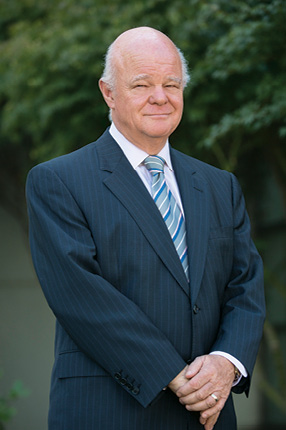
Director’s message
Great things can happen when you marry biology with technology. At UC Davis Comprehensive Cancer Center the relationship just keeps getting better.
In this issue of Synthesis we highlight several projects in which our biomedical science researchers are working to bring innovative technologies to physicians in the clinic and operating room so that they can better diagnose and treat cancer patients.
Our story on breast cancer innovations highlights Laura Marcu’s laser technology that will be used during surgery to help physicians distinguish different types of tissue to protect healthy tissue, identify good margins around tumors, reduce patients’ risk for additional surgeries and boost survival odds. Marcu’s vision is also at play in a story describing the exciting work produced by our new innovation groups, which bring diverse talents together to address thorny problems in cancer.
You will also learn about the development of a dual imaging technique for breast cancer developed by Ramsey Badawi and John Boone that combines PET and CT scanning capabilities to better differentiate between tumors and healthy tissue.
We feature imaging technologies again in our story about Simon Cherry, whose work on a PET scanner that can view the entire body all at once could revolutionize cancer diagnosis, measure disease progression and effectiveness of therapy in less time, at a lower cost and with less radiation exposure.
These, plus an introduction to our new chief of Pediatric Oncology and an important program to find out why some Asian-Americans vary in their response to the hepatitis B virus and rates of related liver cancer are all included in your new issue of Synthesis.

